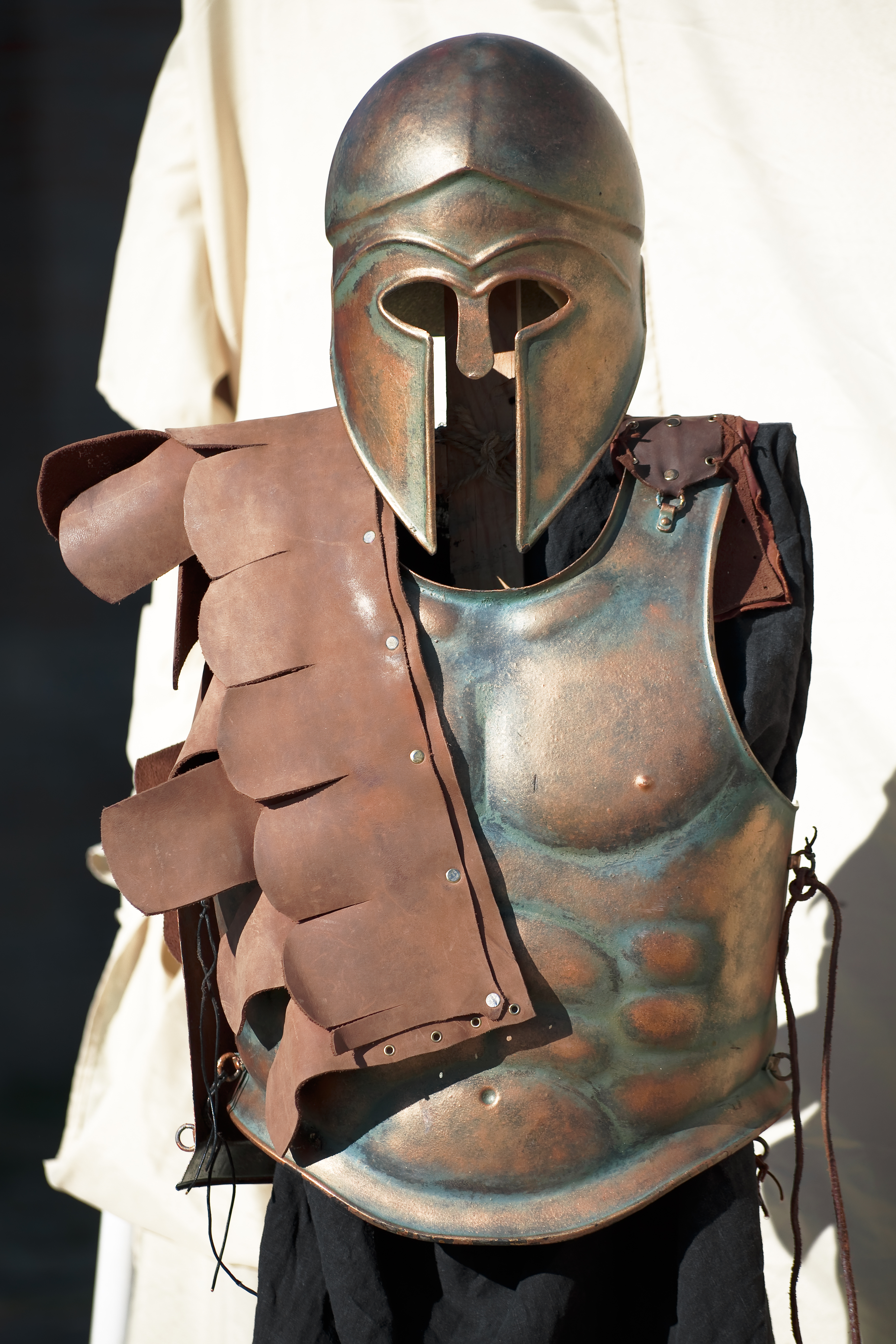Genesis & Exodus

Genesis

 In the beginning God created the heavens and the earth (Genesis 1:1). Genesis means "beginning." It deals with creation and life, giving the seeds of all that is later developed throughout the entire Bible. Genesis beautifully depicts the simplicity of early life upon earth; but the beginning of sin and corruption is also seen there together with God’s abhorrence and judgment of evil.
In the beginning God created the heavens and the earth (Genesis 1:1). Genesis means "beginning." It deals with creation and life, giving the seeds of all that is later developed throughout the entire Bible. Genesis beautifully depicts the simplicity of early life upon earth; but the beginning of sin and corruption is also seen there together with God’s abhorrence and judgment of evil.
Genesis symbolizes the life–giving work of God begun in a soul—new birth—with promise of fruit to come. The book specially revolves around the lives of seven outstanding patriarchs:
- In Adam is seen the lesson of life and death. He is a figure of Christ, for he was the head of a race; but a contrast to Christ, for death claimed him, whereas Christ is a living Head.
- Enoch teaches us of walk and translation. He walked with God, and "by faith was translated," a type (or picture) of saints who will be raptured at the coming of the Lord.
- Noah illustrates work and salvation. His work was a work of faith, and his salvation was into a new world, a type of those believers saved through the tribulation for the millennial earth.
- Abraham tells us of faith and separation. His altar speaks of the first, his tent of the second. By God’s call he became a pilgrim.
- Isaac shows the principles of submission and continuance, for; in general, his was an obedient, consistent life.
- Jacob illustrates discipline and anticipation. God’s dealings are seen in his life securing Jacob’s subjection and leading him on to worship as death approached.
- Joseph: suffering and exaltation is the theme of his life, a precious example for faith in all ages.
Exodus
And Jehovah said, "I have seen assuredly the affliction of my people who are in Egypt . . . . And I am come down to deliver them."
 Exodus means "going out." Deliverance is its great theme. Here we find Israel grown to a great nation, but under to the Egyptians as slaves. After much trouble and anguish, and after God’s sending many dreadful plagues upon Egypt, He liberates Israel. First, in chapter 12, the blood of the lamb sprinkled on the doorposts and lintel of the houses is typical of our redemption from the guilt of our sins by the blood of Christ. Second, the parting of the Red Sea and Israel’s safe crossing before the Egyptians were trapped and drowned is a type of our redemption by the power of God from the of sin and of the world — redemption accomplished through the death and resurrection of Christ.
Exodus means "going out." Deliverance is its great theme. Here we find Israel grown to a great nation, but under to the Egyptians as slaves. After much trouble and anguish, and after God’s sending many dreadful plagues upon Egypt, He liberates Israel. First, in chapter 12, the blood of the lamb sprinkled on the doorposts and lintel of the houses is typical of our redemption from the guilt of our sins by the blood of Christ. Second, the parting of the Red Sea and Israel’s safe crossing before the Egyptians were trapped and drowned is a type of our redemption by the power of God from the of sin and of the world — redemption accomplished through the death and resurrection of Christ.
A second section of the book, beginning at chapter 19, deals with the giving of the law and the building of the tabernacle, together with the institution of a special priesthood in Israel. Although today believers are in no sense under law, yet the giving of the law symbolizes God’s authority being established among a redeemed people. The high priest is a type of Christ, linked with a family of priests, who typify all saints today—the church of God—believer-priests who worship God by the spirit, rather than by carnal forms. The tabernacle service also beautifully illustrates the grace by which God cares continually for His people, delighting to have them near Himself on the basis of the sacrifice of Christ.




